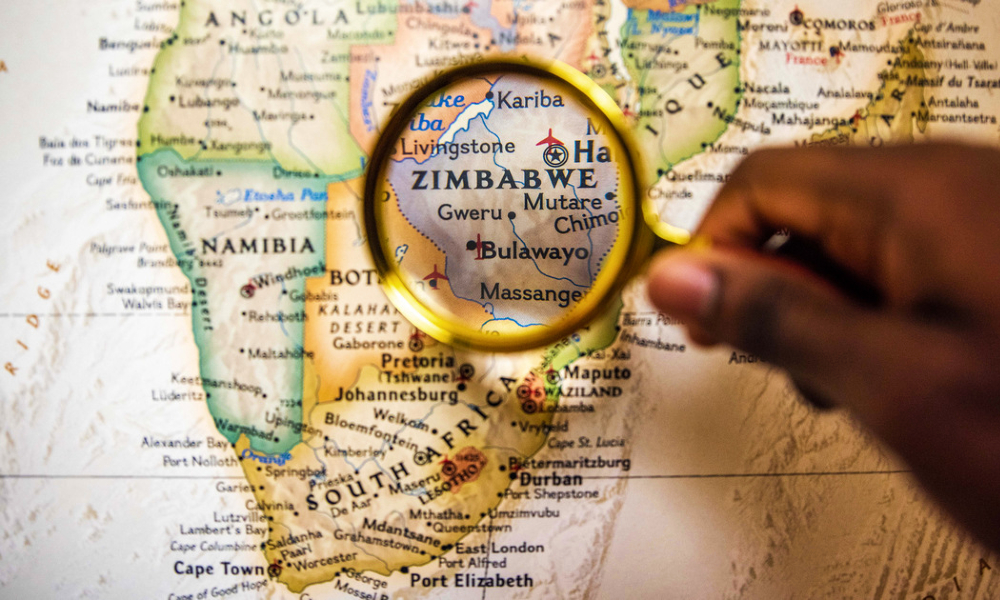ZimParks capacitated to tackle wildlife diseases
THE Zimbabwe Parks and Wildlife Management Authority (ZimParks) is now capacitated to collect samples for in-house testing of wildlife diseases after acquiring laboratory equipment through partnership support.
This comes amid concerns over the high prevalence of wildlife diseases linked to climate change complications such as hemorrhagic septicemia and bovine tuberculosis.
The former is regarded as an acute and highly fatal form of pasteurellosis that affects mainly water buffalo, cattle, and bison, as well as elephants.
Bovine tuberculosis is an infectious disease caused by mycobacterium bovis and kills free ranging lions and also affects other mammals including humans, deer, goats, pigs, cats, dogs and cattle.
Experts say animals can infect each other and also transfer to humans.
Two years ago, more than 30 elephants mysteriously died in Hwange National Park and ZimParks sent samples to local laboratories who then sent the samples outside the country and it was detected that the jumbos were killed by hemorrhagic septicemia.
In an effort to enhance wildlife conservation and promote tourism, ZimParks has entered into a five-year conservation partnership with the International Fund for Animal Welfare (Ifaw), which has so far channelled US$2 million to the wildlife authority for conservation and anti-poaching activities.
This has yielded acquisition of a wildlife ambulance and furnished a laboratory stationed at Mtshibi Camp near Main Camp in Hwange National Park with a PCR machine and microscope among other equipment.
Various chemicals and medicines required for animal welfare have also been stocked in the laboratory.
ZimParks veterinary doctor, Dr Kudzai Mupondi, said they will not be sending samples outside the country anymore.
“We didn’t have anything before the partnership with Ifaw, which is now supporting us in capturing and treating of animals,” he said.
“Today I can confirm that we can test anything because we now have a PCR machine and microscope, which we use to carry surveys, monitor and investigate all diseases.”
Dr Mupondi said the equipped laboratory will assist in active surveillance and monitoring of diseases, adding that climate change has brought new diseases and new incidents while those that were there before are becoming prevalent as animal movement and feeding patterns shift from dry to places with water.
“Because of climate change we are having many diseases, which we need to control.
Ifaw has come in handy as we also got an ambulance, hence we can respond to all types of emergencies including problem animals, treat diseases and rehabilitate those in need,” he said.
“Some conditions were there but not prevalent as they are now because of favourable conditions for causative agents created by climate change.
“We can now monitor diseases for lions like bovine tuberculosis and hemolytic septicemia that affects elephants.
We definitely have to do something about climate change because some of these diseases are transmitted to areas where they were not before and it is important to have this laboratory so that we are able to respond and take samples,” added Dr Mupondi.
ZimParks has also said efforts are being made to transform the laboratory into a standard facility, which is recognised internationally.
Besides carrying out scientific tests, the laboratory is also used to treat wounded animals rescued from wire snares and traps set by poachers and 18 were treated last year.
ZimParks spokesperson, Mr Tinashe Farawo, said the partnership with Ifaw is bearing fruit as the wildlife authority has improved on reaction rate.
He said Ifaw also donated a number of vehicles for use in various wildlife conservation activities.-The Chronicle











